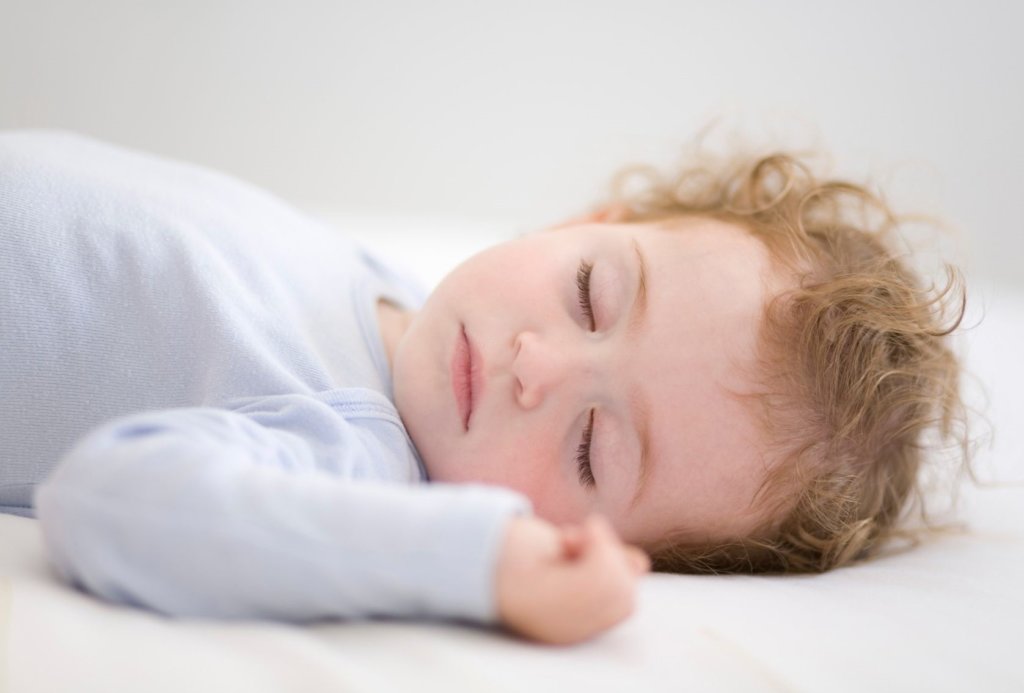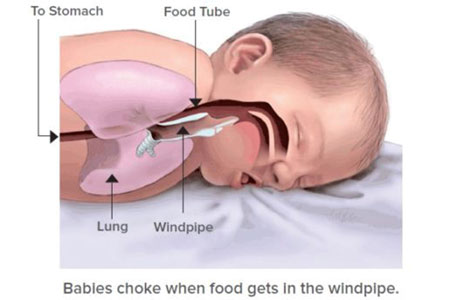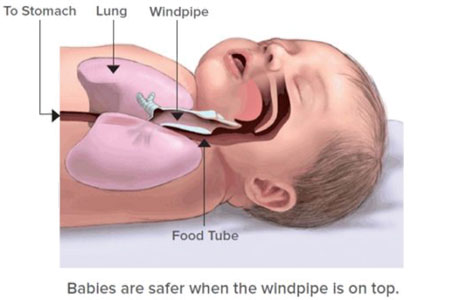
Every Baby Should Have a Safe Place to Sleep
Sadly, some babies will die within the first year of life. While many people are aware of SIDS – Sudden Infant Death Syndrome – many babies who die before their first birthday, do so as a result of an unsafe sleeping arrangement. Our trained staff is available to work with any parent, family, or community group who would like to learn more about safe sleep for babies.
Call our office to schedule a visit or program: 607-772-0517 or email: safesleep@mothersandbabies.org
These Deaths Are Preventable
DO NOT BEDSHARE – the act of bringing an infant into a sleep environment with adults, other children, or pets puts the baby in danger of suffocating, either by being smothered in bedding; by positional asphyxia, which occurs when a baby’s position prevents them person from breathing adequately; or by being accidentally rolled over by a sleeping companion (overlay).
ROOMSHARE – Babies should sleep on close, but separate, surface in the same room as the caregiver. A BABY WHO BEDSHARES IS AT 40 TIMES GREATER RISK OF DYING.
Place Babies on their Backs to Sleep
Cribs for Kids
Every year in the United States, approximately 3,500 infant deaths occur due to accidental suffocation, asphyxia, or undetermined causes during sleep. The mission of the national Cribs for Kids program is to prevent these deaths by educating parents and caregivers on the importance of practicing safe sleep and by providing Graco® Pack ‘n Play® portable cribs to families who, otherwise, cannot afford a safe place for their babies to sleep.
Mothers & Babies is the official South Central NY Chapter of the national Cribs for Kids program (all 8 counties). If you need a crib for your baby, contact M&BPN 1-800-231-0744 or email safesleep@mothersandbabies.org. Mothers and Babies has partnered with Cribs for Kids to promote the Safe Sleep Ambassador Program! Below is a list of trained and certified Safe Sleep Ambassadors.
Safe Sleep Ambassadors:
- Rachel Leri
- Christie Finch
- Kelly Hopkins
- Jill Amara-Gutierrez
- Melissa Marsh
- Salka Valerio
- Amanda Pan
- Janet Lucik
- Bonnie Coddington
- Kimberly Hackley
- Nicole Rogers – Rural Health Network
- Marcina McNeil
- Talia Horowitz
- Van Chau
- Tera Stanton
- Sharon Chesna
- Holly Brozetti Fuller
- Amanda Spaulding – Teen Pregnancy & Parenting Program, Child Development Council – Ithaca
- Aileen Pan
- Dawn Wesko
- Sue Seibold-Simpson – M&BPN Board Member
- Kerry Gallagher – M&BPN Board Member
- Suzanne Giancoli – CIDS Elmira
- Rachel McAvoy – CIDS Elmira
- Nancy Libous
- Jessica Soto-Moyer – Child Development Council
- Shari Sterling – M&BPN Board Member
- Alicia Beekman
- Lauryn Maleski
- Hayley Pazzaglia
- Karyn Palmer
The rules keep changing… How do I know if I’m doing the right thing?
It is important to understand why the “rules” or recommendations have changed so much over time. Doctors have studied reasons that babies may die in their sleep for many years. Every time they learn more, they pass this information on to parents so that these risks can be avoided. Taking these steps has saved thousands of babies.
Additional Online Resources:



